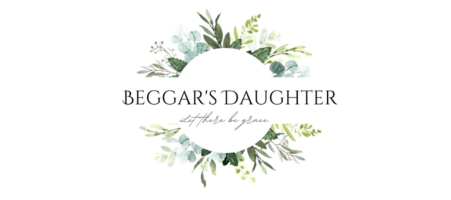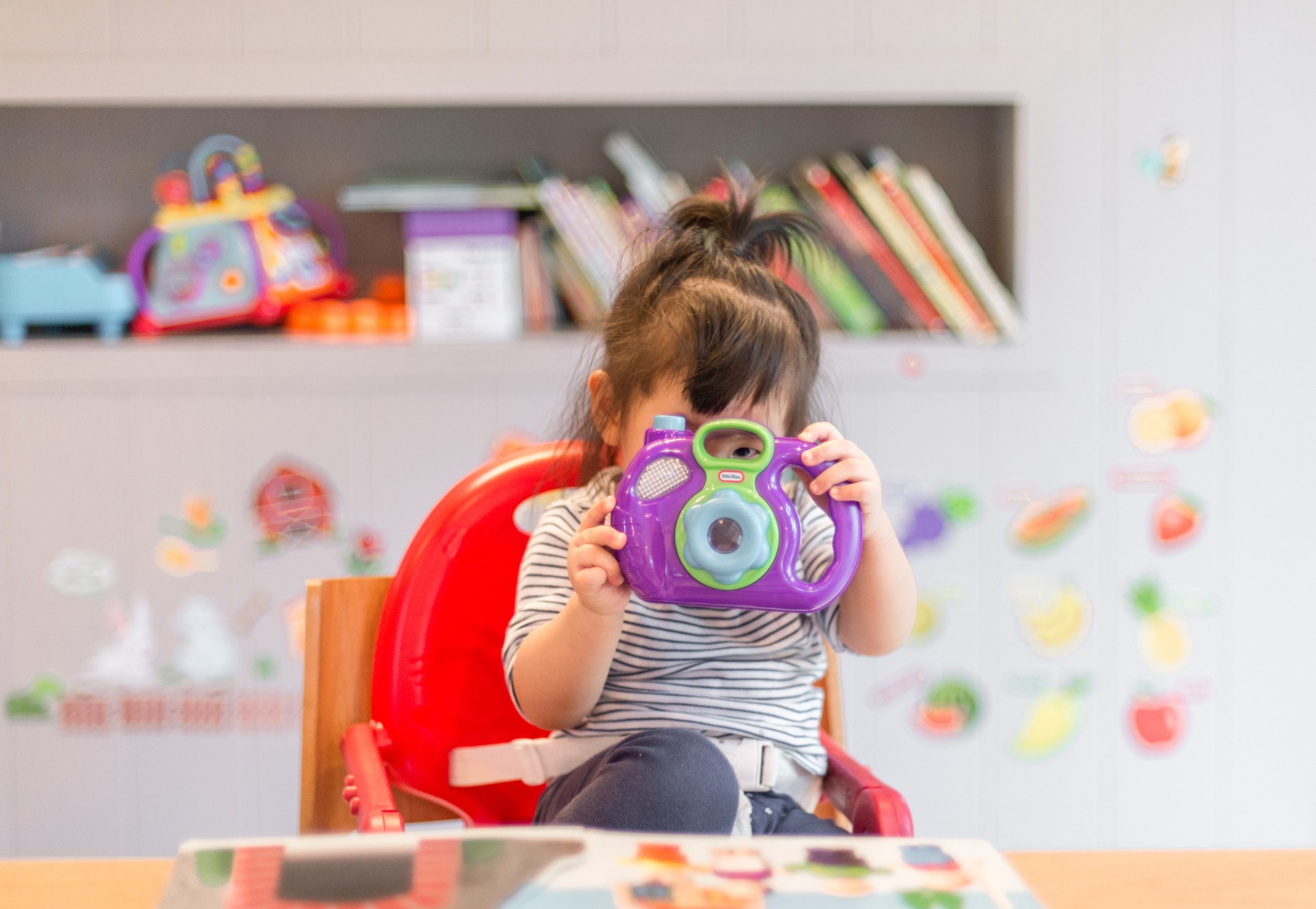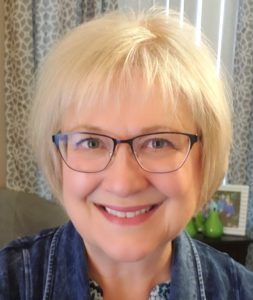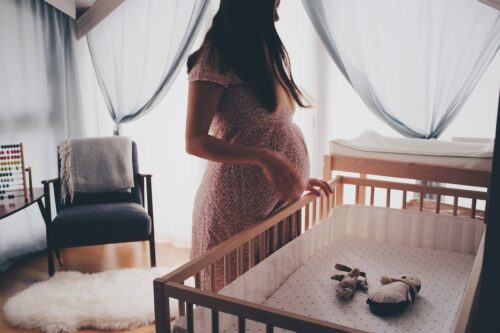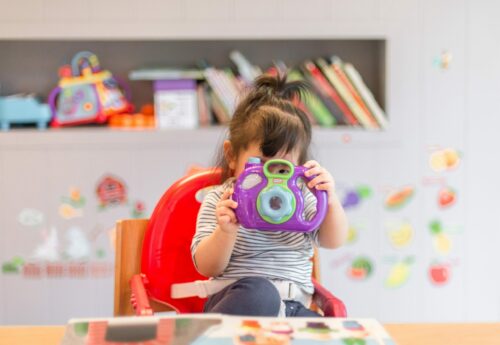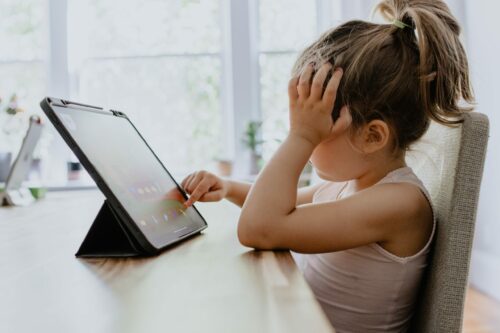As part of this Porn and Parenting series, I wanted to reach out to some friends who are experts in teaching parents how to talk to their kids about pornography. Today’s post is from Kristen Jenson, author of Good Pictures Bad Pictures: Porn-Proofing Today’s Young Kids and Good Pictures Bad Pictures Jr: A Simple Plan to Protect Young Minds; producer of the Brain Defense (TM): Digital Safety curriculum; Founder of ProtectYoungMinds.org (now DEFEND Young Minds!); owner and CEO of Glen Cove Press, LLC.
I’ve had to privilege of presenting alongside Kristen at several events and have seen her heart for protecting young kids from the effects of pornography. Her book is an Amazon best seller and for good reason. Without further ado, here’s Kristen.
“What is the best age to begin talking to kids about pornography?”
This is one of the most common questions I receive from concerned parents. My reply is simple: It’s not one specific age–it’s when your child has any access to the internet. When you consider that most 3-year-olds are using an iPad or tablet, that means that #SoonerIsSafer.
And why do we need to start so young? Think about this–how do you respond to a new situation when you’re caught off guard? If you’re like me, you do much better when you’re prepared. If you’ve been warned about a dangerous situation and prepared with a plan, chances are you’ll be safer and more successful. That’s why I started Protect Young Minds–to help parents begin talking to kids about pornography so they can learn early to recognize, resist and reject it.
The Naivete Gap
Unfortunately, studies show that well-meaning parents routinely underestimate the harmful content their children are exposed to online. Researchers call this the “naivete gap”. One of the most recent studies was done by the British Board of Film Classification Research. They interviewed parents and their own children and uncovered alarming disparities between what the parents believed and the actual experiences of their kids:
- 25% of parents believed their kids had seen porn
- 53% of their children said they’d already seen porn
When the gender of their children was taken into consideration:
- 32% thought sons had seen porn (vs 68% in reality)
- 17% thought daughters had seen porn (vs 58% in reality)
How can parents help their kids avoid the harms of pornography when they don’t think their kids are being exposed as often as they truly are?
Talking to Kids about Pornography: 3 Things Every Kid Needs to Know
One of my mantras is that no child deserves to face the porn industry alone. Every child deserves to be prepared to make healthy choices when faced with pornography. We can’t cocoon them, but we can help them develop an internal filter. How? By starting with these 3 basics: a definition, a warning and a plan.
- Even young kids need an age-appropriate definition of what pornography is.
This should be very simple, but including enough information that children can recognize it and report it. From what I’ve learned, when kids don’t have the vocabulary to talk about pornography, they often keep their exposure a secret.
For example, one mom reported to me that her two daughters were exposed to pornography by a friend at the end of a play date. When the girls were seated in the car, their mom asked, “What was she showing you on her phone?” Her daughters looked at each other and then one of them said, “Oh, it was just a My Little Pony video.” Months later, after their mom read them Good Pictures Bad Pictures: Porn-Proofing Today’s Young Kids, these little girls opened up. “Mom, it’s wasn’t a My Little Pony video–she was showing us pornography.” They had lied to their mom because they simply did not have the vocabulary to know how to report it.
Giving kids a definition so they can recognize a “bad picture” gives them permission to talk to you. It’s the first step in bringing the darkness of pornography into the bright light of day. By beginning the conversation, you’ll set yourself up as the expert who wants to help them stay safe.
- Every child deserves to know that pornography can be harmful to their developing brain.
Porn harms kids in so many ways. It begins a premature interest in sex and then poisons children with a toxic version of it. Further, decades of scientific studies show that pornography can become a true addiction–an addiction to a drug the brain makes itself.
Our society no longer tolerates selling tobacco or alcohol to minors, but every child has easy access to pornography through tablets and phones. It’s the one addiction that we are not protecting children against–though I hope that is changing! Until then, it’s only fair to begin talking to kids about pornography and warn them of its dangers.
In Good Pictures Bad Pictures, children learn about their two brains (the thinking brain and the feeling brain), how each of them work, and why it’s so important to keep their thinking brain in charge to make good decisions and avoid addiction. Children need to understand the process of addiction so they can keep their brains safe from all addictions.
Related: How Porn Hijacks Young Brains and 3 Effective Ways to Defend Your Kids
- Every child needs a plan!
It’s not enough to teach kids what pornography is and why it’s harmful–they need to know exactly how to respond when they are exposed to it. Think fire drill for porn! Some families like to come up with their own plans for talking to kids about pornography, and that’s great! But if you’d like some help, both Good Pictures Bad Pictures books include a simple, memorable plan that teaches kids:
1) what to do when they are initially exposed to a “bad picture” or video, and
2) what to do to minimize the shocking memories that keep popping back up in their minds–potentially tempting them to seek it out.
These plans help kids thrive by teaching them to embrace the good and reject the bad in their digital world. To grow up enjoying healthy media while avoiding harmful content.
I’ll never forget one mom who taught her young son, Riley, the CAN DO Plan in Good Pictures Bad Pictures. On the way home from school, his friend pulled a pornographic magazine from his mailbox and began leafing through it. Riley immediately recognized what it was, looked away and told his friend that looking at pornography could become an addiction. His friend was not deterred, but Riley had successfully set a boundary for his own life.
Riley went home and told his mom what had happened–no secrets! No going it alone! She helped him practice “forgetting” the pictures he’d been exposed to. It’s easy to see how much safer Riley was because he was prepared to reject pornography.
Sadly, I’ve heard of even preschoolers and kindergarten age children who have been exposed to pornography. That’s why parents began asking me to write a book for kids ages 3-7. The fact that Good Pictures Bad Pictures Jr.: A Simple Plan to Protect Young Minds has become a #1 best seller on Amazon proves that many parents want to be proactive with their young children. They’re not going to simply cross their fingers and hope their kids will intuitively look away.
It gives me great hope that increasing numbers of parents are closing the naivete gap! They know that the best age to begin talking to children about pornography is as soon as they have any access to the internet. I invite you to courageously take the first steps to protect the precious young minds in your life.
And if you’ve waited a bit longer, it’s never too late to begin this conversation! In fact, Protect Young Minds has recently released a new “open & go” curriculum called Brain Defense: Digital Safety. It features engaging videos and workbooks for kids ages 8-12 and is founded on the principles taught in Good Pictures Bad Pictures. Plus, kids learn crucial principles about online safety and good digital citizenship. I invite you to learn more at www.braindefense.org.
Our kids deserve every advantage in the fight to protect their hearts and minds.
Kristen A. Jenson is the author of the Good Pictures Bad Pictures series of read-aloud books, powerful resources to help children reject pornography and sexual abuse. Both titles are #1 Amazon best sellers, and her original book is sold worldwide in 7 languages. Kristen is the founder of Protect Young Minds® (now Defend Young Minds), an organization dedicated to providing tools to help raise empowered, resilient and screen-smart kids, including the new Brain Defense (TM) Digital Safety curriculum for elementary students. She is an active member in the international Safeguard Alliance and is regularly invited to speak at national and international conferences, including the United Nations Civil Society Conference and the Coalition to End Sexual Exploitation Global Summit. Kristen has testified before the Washington State Senate Law and Justice Committee on the public health crisis of pornography.
Kristen is a popular guest on radio and TV broadcasts as well as podcasts and webinars and continues to be a strong voice for protecting children from all forms of sexual exploitation. Kristen earned a B.A. in English Literature and an M.A. in Organizational Communication. She is the mother of three children and
her latest honor is becoming a grandma. Kristen lives with her husband and adorable Schnoodle puppy dog in the beautiful state of Washington.
